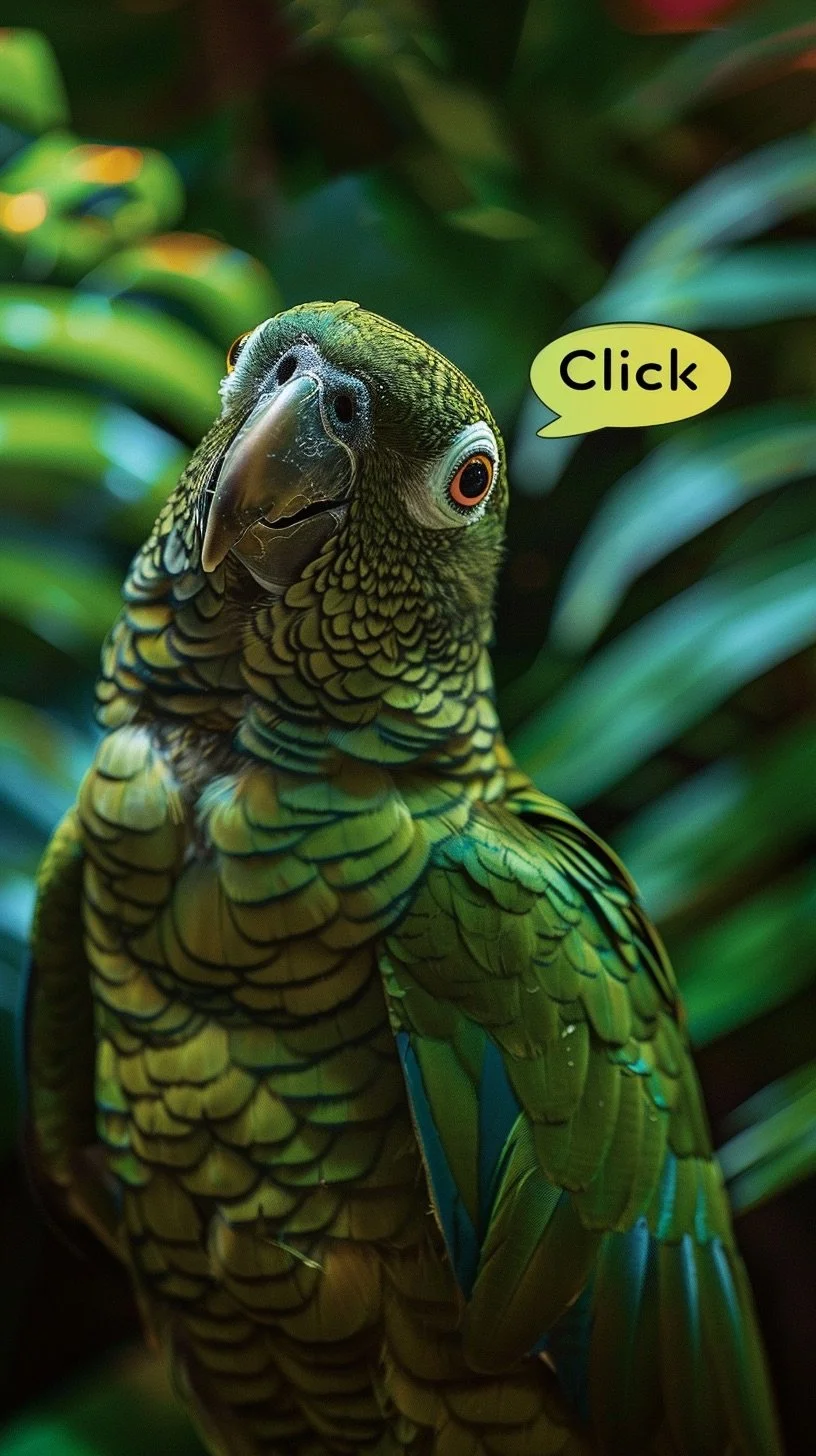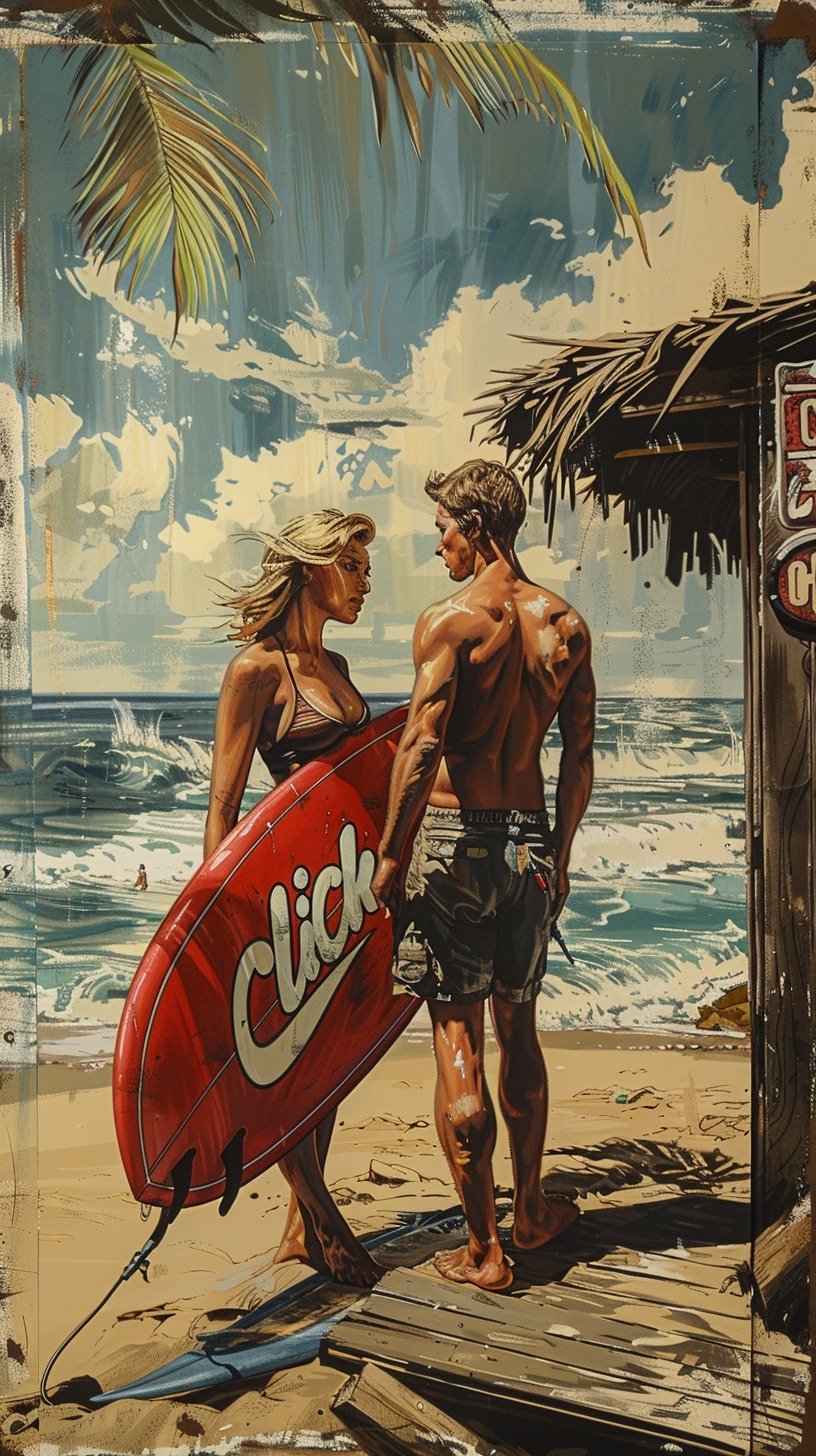Covered Click
The most notable mass movement was along the Oregon Trail, which was used by about 400,000 settlers, farmers, miners, ranchers, and others from the 1830s to the 1860s. The California Gold Rush, starting in 1849, also drew approximately 300,000 people to the West in search of fortune. These migrations were facilitated by covered wagons, essential for transporting families and their belongings across the challenging terrain of the Great Plains and through mountain passes.
Click Sound
Thomas Edison, who invented the phonograph in 1877, was among the first to use a stylus to record and playback sound. Edison's early phonograph used a stylus that was attached to a diaphragm and moved vertically to indent a tinfoil sheet wrapped around a rotating cylinder.
Alexander Graham Bell and his Volta Laboratory team improved upon Edison's design in the 1880s. They developed the graphophone, which used a wax-coated cardboard cylinder instead of tinfoil and employed a cutting stylus to engrave the sound waves onto the cylinder, enhancing sound quality and playback durability.
Emile Berliner, another key figure, invented the flat disc record (gramophone) in the late 1880s, which used a lateral-cut disc and a stylus that moved side-to-side, a significant evolution from Edison's cylinder approach. This development laid the foundation for the modern record players and styluses used today.
Sheep Click
A sheep's brain is relatively small compared to humans, typically weighing around 140 grams. The sheep's brain's size reflects its body size, which is a common trait among mammals. Due to their size and the similarity of their brain structure to that of humans, sheep brains are often used in educational settings for dissection and study, which makes them useful for learning basic neuroanatomy.
Click Kingdom
There are about 350 to 400 species and subspecies of parrots, primarily located in tropical and subtropical areas. Population estimates for specific species like the macaw range around 30,000, while smaller species like the buff-faced pygmy parrot have populations estimated at around 10,000.
Civil Click
Scandinavian countries, such as Norway, Denmark, Sweden, and Finland, have some of the highest percentages of public sector employment relative to their total workforce. For instance, Norway has around 30% of its workforce employed in the public sector, which is indicative of the extensive range of public services provided to its population
Click Love
In Ethiopian culture, snapping fingers is part of a traditional greeting called the "gursha." It's used in a friendly and affectionate manner during meals when feeding someone else a bite of food as a sign of respect or love.
Click Bee
Melittin is the most abundant component, making up about 50% of the venom's dry weight. Melittin is a powerful peptide that causes cell lysis (the breaking down of cell membranes), which leads to pain and inflammation.
Apamin: This neurotoxin contributes to the venom's potency by affecting the central nervous system. It blocks certain calcium-activated potassium channels, which can cause convulsions and other neurological effects.
Phospholipase A2: This enzyme makes up about 10-12% of the venom and enhances the effect of melittin. It breaks down cell membranes by hydrolyzing phospholipids, contributing to the spread of inflammation.
Hyaluronidase: Often referred to as the "spreading factor," hyaluronidase facilitates the penetration of venom into tissues by breaking down hyaluronic acid, a major component of the extracellular matrix.
Histamine: This compound is involved in allergic reactions and contributes to the itchiness, redness, and swelling experienced after a sting.
Dopamine and Noradrenaline: These neurotransmitters increase pain sensitivity and cause local blood vessels to constrict, which can intensify the pain and swelling.
Mast cell degranulating peptide (MCDP) causes mast cells to release histamine, enhancing the inflammatory response and leading to more intense pain and swelling.
Fountain of Click
In the 17th and 18th centuries, French châteaux and gardens, such as those at Versailles, incorporated expansive and highly elaborate fountain systems. These were designed to showcase the power and wealth of the monarchy. The fountains at Versailles, designed by engineers like André Le Nôtre and sculptors like Jean-Baptiste Tuby, are prime examples of this era's grandeur.
Clickit
Globally, cricket is one of the most followed sports, with an estimated 2.5 billion fans, making it second only to football (soccer) in terms of popularity. Major tournaments like the ICC Cricket World Cup, T20 World Cup, and various domestic leagues (such as the Indian Premier League) attract significant international attention and viewership.
Dog’s World
Interacting with dogs has been shown to increase levels of the stress-reducing hormone oxytocin and decrease the production of the stress hormone cortisol.
Fill ’er Up
The first gas station in the United States is generally credited with having opened in Pittsburgh, Pennsylvania. This pioneering service station began operating on December 1, 1913. It was owned by the Gulf Refining Company and located at the intersection of Baum Boulevard and St. Clair Street in Pittsburgh’s East End. This station sold gasoline and offered free air, water, crankcase service, and tyre and tube installation.
Click Seed
Johnny Appleseed was the nickname of John Chapman, an American pioneer nurseryman who introduced apple trees to large parts of Pennsylvania, Ohio, Indiana, and Illinois, as well as the northern counties of present-day West Virginia. He was born on September 26, 1774, in Leominster, Massachusetts, and became an American legend while still alive, due to his kind, generous ways, his leadership in conservation, and the symbolic importance he attributed to apples.
Candle Clicks
The tradition of birthday candles is associated with the Germans. During the Kinderfest (children's festival) in 18th-century Germany, a candle was placed on the cake to represent “the light of life.” Today, this could be seen as a precursor to the modern birthday candles. The candles were left burning all day and only blown out after dinner with the family, accompanied by making a wish, which was thought to be a silent prayer sent to God.
Surf’s Up
Stephanie Gilmore, the Australian surfer, has won multiple world championships and is known for her smooth, powerful style. Gilmore has been a dominant force in women's surfing, inspiring a generation of surfers with her prowess and competitive spirit. Kelly Slater is often considered the most significant American professional surfer. He is known for his record 11 World Surf League (WSL) titles and his ability to dominate in various surfing conditions. His impact on the sport, both in competitive success and in pushing the boundaries of what's possible in surfing, makes him a standout figure.
The Deep Blue
Cats' dislike of water is often attributed to several factors, including their evolution, personal experiences, and the nature of their fur:
1. **Evolutionary Background**: Domestic cats are descended from Middle Eastern wildcats, where their natural habitat is arid and dry regions. These ancestors rarely encountered large bodies of water, so there was little need for swimming.
2. **Coat Insulation**: Cats' fur is not particularly well-insulated against water compared to aquatic or semi-aquatic animals like dogs or otters. When a cat’s fur gets wet, it doesn't dry quickly and can become heavy, making them feel uncomfortable and chilly.
3. **Personal Experience**: Many cats are not exposed to water positively from a young age. Negative or forced experiences, such as baths, can lead to a lifelong aversion to water.
4. **Sensory Overload**: Cats are highly sensitive to sensory changes, and water may overload their acute senses.
These factors combined help explain why many cats tend to avoid water. However, this isn't universal—some breeds of cats, like the Turkish Van or Bengal, are known to be more fond of water.
Before and After
During World War II, Allied forces dropped a significant amount of bombs on Germany. Estimates suggest that approximately 1.9 million tons of bombs were dropped by the Allies throughout the course of the conflict. This massive aerial bombardment was aimed at crippling German military, industrial, and civilian infrastructure to weaken the Nazi war effort.
Cannonball Fun
Historically, figures like Albert Einstein are often mentioned anecdotally for having cluttered workspaces, which some interpret as a sign of genius at work. However, there's no definitive answer, and the concept of messiness can be seen differently depending on individual or societal standards of cleanliness and organization.
Briefcase Revolution
Many world leaders and politicians are frequently seen with briefcases. For example, the U.S. President's aide carries the "Nuclear Football," a specially outfitted briefcase that contains the codes and options needed to launch a nuclear attack.





















